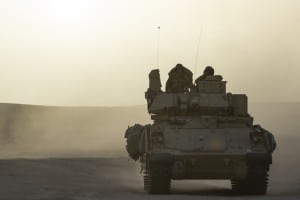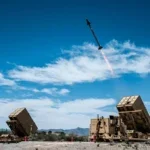
The Army’s relatively new concept for open architectures across its platforms and subsystems that is discussed with its procurement and acquisition stakeholders and with industry will eventually need to work its way into the pre-proposal and proposal phases of acquisitions if the service is going to benefit from the promise of more common, reusable and commoditized technologies and systems, an Army official said on Monday. “To advocate implementation of CMOA (Common Modular Open Architecture), specific contract language is required in…

 By
By 











